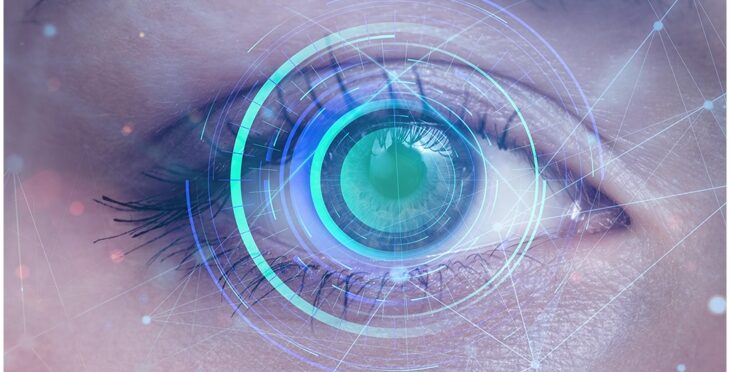The Duty of Advanced Diagnostic Devices in Identifying Eye Disorders
In the world of ophthalmology, the use of advanced diagnostic tools has transformed the early identification and monitoring of numerous eye conditions. From detecting refined changes in the optic nerve to checking the development of retinal illness, these technologies play a crucial function in boosting the accuracy and performance of identifying eye conditions. As the demand for specific and timely medical diagnoses remains to grow, the assimilation of advanced devices like optical coherence tomography and aesthetic field screening has actually become crucial in the realm of eye care. The detailed interplay between modern technology and ocular practices not just clarifies intricate pathologies but additionally opens doors to tailored treatment approaches.
Value of Very Early Diagnosis
Early medical diagnosis plays a pivotal role in the efficient administration and treatment of eye conditions. By discovering eye conditions at an early stage, medical care companies can offer ideal therapy plans tailored to the details problem, eventually leading to much better outcomes for patients.

Technology for Detecting Glaucoma
Cutting-edge analysis modern technologies play a critical function in the very early detection and monitoring of glaucoma, a leading cause of irreversible blindness worldwide. Another innovative device is aesthetic field testing, which maps the sensitivity of a person's aesthetic field, helping to spot any areas of vision loss attribute of glaucoma. These advanced analysis devices make it possible for eye doctors to identify glaucoma in its early phases, enabling for timely treatment and much better management of the disease to protect against vision loss.
Function of Optical Coherence Tomography

OCT's capability to measure sites retinal nerve fiber layer thickness allows for exact and unbiased dimensions, aiding in the early detection of glaucoma even prior to aesthetic area issues become apparent. In general, OCT plays a vital role in enhancing the diagnostic accuracy and administration of glaucoma, eventually adding to far better end results for people at threat of vision loss.
Enhancing Medical Diagnosis With Visual Area Screening
An essential component in extensive ophthalmic examinations, aesthetic area screening plays an essential duty in boosting the analysis process for various eye disorders. By evaluating the complete degree of a client's visual field, this test provides crucial information concerning the useful honesty of the whole visual pathway, from the retina to the aesthetic cortex.
Aesthetic area testing is especially useful in the diagnosis and management of conditions such as glaucoma, optic nerve problems, and numerous neurological illness that can impact vision. Through measurable dimensions of peripheral and main vision, medical professionals can find subtle changes that may show the visibility or progression of these disorders, also before noticeable signs and symptoms happen.
Additionally, visual area testing permits the tracking of treatment efficiency, aiding ophthalmologists tailor restorative interventions to specific clients. eyecare near me. By tracking adjustments in aesthetic area efficiency over time, doctor can make informed choices about adjusting medicines, recommending medical interventions, or carrying out other proper measures to protect or improve an individual's aesthetic function
Taking Care Of Macular Degeneration

Verdict
In conclusion, advanced analysis devices play a crucial role in identifying eye disorders early on. Technologies such as Optical Coherence Tomography i was reading this and aesthetic area screening have substantially boosted the precision and performance of identifying conditions like glaucoma and macular degeneration. Early detection permits prompt treatment and administration of these disorders, ultimately leading to far better results for clients. It is essential for healthcare specialists to remain updated on these advancements to provide the very best feasible care for their patients. eyecare near me.